
Fort Sumter is a sea fort built on an artificial island near Charleston, South Carolina to defend the region from a naval invasion. It was built after British forces captured and occupied Washington during the War of 1812 via a naval attack. The fort was still incomplete in 1861 when the Battle of Fort Sumter occurred, sparking the American Civil War. It was severely damaged during the battle and left in ruins. Although there were some efforts at reconstruction after the war, the fort as conceived was never completed. Since the middle of the 20th century, Fort Sumter has been open to the public as part of the Fort Sumter and Fort Moultrie National Historical Park, operated by the National Park Service.
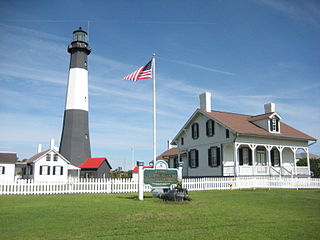
Tybee Island is a city and a barrier island located in Chatham County, Georgia, 18 miles (29 km) east of Savannah, United States. Though the name "Tybee Island" is used for both the island and the city, geographically they are not identical: only part of the island's territory lies within the city.

The Parrott rifle was a type of muzzle-loading rifled artillery weapon used extensively in the American Civil War.

The Second Battle of Fort Wagner, also known as the Second Assault on Morris Island or the Battle of Fort Wagner, Morris Island, was fought on July 18, 1863, during the American Civil War. Union Army troops commanded by Brig. Gen. Quincy Gillmore launched an unsuccessful assault on the Confederate fortress of Fort Wagner, which protected Morris Island, south of Charleston Harbor. The battle came one week after the First Battle of Fort Wagner. Although a Confederate victory, the valor of the Black Union soldiers in the battle was hailed, which had long-term strategic benefits in encouraging more African-Americans to enlist allowing the Union to employ a manpower resource that the Confederacy could not emulate for the remainder of the war.

The siege of Fort Pulaski concluded with the Battle of Fort Pulaski fought April 10–11, 1862, during the American Civil War. Union forces on Tybee Island and naval operations conducted a 112-day siege, then captured the Confederate-held Fort Pulaski after a 30-hour bombardment. The siege and battle are important for innovative use of rifled guns which made existing coastal defenses obsolete. The Union initiated large-scale amphibious operations under fire.
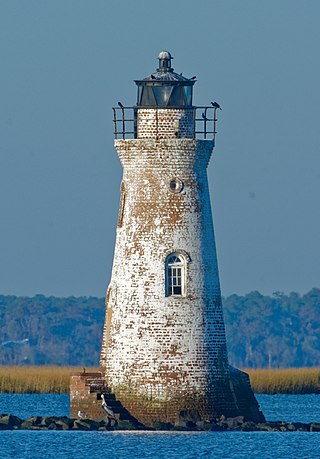
The Cockspur Island Light is the smallest lighthouse in Georgia. It ceased operation as an active beacon in 1909. It has been relit since 2007 for historical rather than navigational purposes.
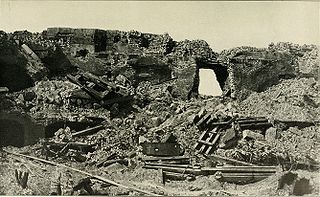
The Second Battle of Fort Sumter was fought on September 8, 1863, in Charleston Harbor. Confederate General P. G. T. Beauregard, who had commanded the defenses of Charleston and captured Fort Sumter in the first battle of the war, was in overall command of the defenders. In the battle, Union forces under Major General Quincy Gillmore attempted to retake the fort at the mouth of the harbor. Union gunners pummeled the fort from their batteries on Morris Island. After a severe bombing of the fort, Beauregard, suspecting an attack, replaced the artillerymen and all but one of the fort's guns with 320 infantrymen, who repulsed the naval landing party. Gillmore had reduced Fort Sumter to a pile of rubble, but the Confederate flag still waved over the ruins.
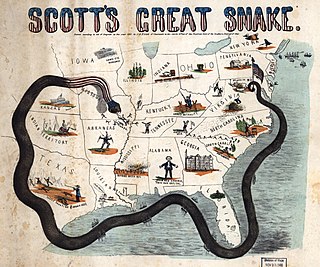
The lower seaboard theater of the American Civil War encompassed major military and naval operations that occurred near the coastal areas of the Southeastern United States: in Alabama, Florida, Louisiana, Mississippi, South Carolina, and Texas) as well as southern part of the Mississippi River.

Cockspur Island is an island in the south channel of the Savannah River near Lazaretto Creek, northwest of Tybee Island, Georgia, United States. Most of the island is within the boundaries of Fort Pulaski National Monument. The island was so named on account of its bent shape. It was originally called Pepper Island and is also called Long Island.
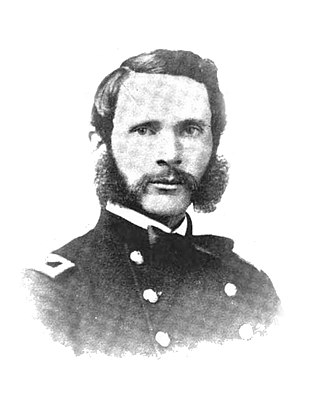
Patrick Henry "Paddy" O'Rorke or O'Rourke was an Irish-American immigrant who became a colonel in the Union Army during the American Civil War and was killed at the Battle of Gettysburg.

Quincy Adams Gillmore was an American civil engineer, author, and a general in the Union Army during the American Civil War. He was noted for his actions in the Union victory at Fort Pulaski, where his modern rifled artillery readily pounded the fort's exterior stone walls, an action that essentially rendered stone fortifications obsolete. He earned an international reputation as an organizer of siege operations and helped revolutionize the use of naval gunnery.

The Second Battle of Charleston Harbor, also known as the siege of Charleston Harbor, siege of Fort Wagner, or Battle of Morris Island, took place during the American Civil War in the late summer of 1863 between a combined U.S. Army/Navy force and the Confederate defenses of Charleston, South Carolina.

Siege artillery is heavy artillery primarily used in military attacks on fortified positions. At the time of the American Civil War, the U.S. Army classified its artillery into three types, depending on the gun's weight and intended use. Field artillery were light pieces that often traveled with the armies. Siege and garrison artillery were heavy pieces that could be used either in attacking or defending fortified places. Seacoast artillery were the heaviest pieces and were intended to be used in permanent fortifications along the seaboard. They were primarily designed to fire on attacking warships. The distinctions are somewhat arbitrary, as field, siege and garrison, and seacoast artillery were all used in various attacks and defenses of fortifications. This article will focus on the use of heavy artillery in the attack of fortified places during the American Civil War.

Fort James Jackson is a restored nineteenth-century fort located one mile east of Savannah, Georgia, on the Savannah River. It hosts the Fort Jackson Maritime Museum.

The Immortal Six Hundred were 600 Confederate officers who were held prisoner by the Union Army in 1864–65. In the summer of 1863, the Confederacy passed a resolution stating all captured African-American soldiers and the officers of colored troops would not be returned. The resolution also allowed for any captured officer of colored troops to be executed and any captured African-American soldier be sold into slavery. The resolution caused a breakdown in the exchange of captured soldiers as the Union demanded all soldiers be treated equally. The Immortal Six Hundred were one group of officers who could not be exchanged.
Blakely rifle or Blakely gun is the name of a series of rifled muzzle-loading cannon designed by British army officer Captain Theophilus Alexander Blakely. The British army declined to use the design. The guns were mostly sold to Russia and the Confederacy during the American Civil War. Blakely rifles, especially the 3.5-inch and 3.6-inch, 12-pounder muzzle loaders, were imported by the Confederacy in larger numbers than other Imported English cannon.

Father Peter Whelan was an Irish-born Catholic priest who distinguished himself as a chaplain for both Confederate troops and Union prisoners of war during the American Civil War. Father Whelan previously served as a missionary in North Carolina and pastor of Georgia's first Catholic parish, and twice served as administrator of the entire Diocese of Savannah.

Major George Wayne Anderson Jr, was an officer in the Confederate States Army during the American Civil War. He commanded the Republican Blues and later Fort McAllister near Savannah, Georgia before its capture in 1864.

The Republican Blues were a military company formed in Savannah, Georgia. The Blues were first organized in 1808 and served at Fort Jackson and in Florida during the War of 1812. The Blues, typical of Savannah's old military units, were a fraternal social organization and a well-trained military unit. The Blues defended Georgia's coast from the Union Navy between 1861 and 1864. Unlike most Confederate units formed during the Civil War, the Republican Blues had been an existing militia organization for over fifty years before the war started. They recruited from the most prominent families in and around Savannah. They fought in all the nations wars after The Civil War as part of the Georgia National Guard, with the lone exception being The Spanish–American War. Today they remain in service, as a modular artillery brigade of the Georgia Army National Guard, the 118th Field Artillery.



































